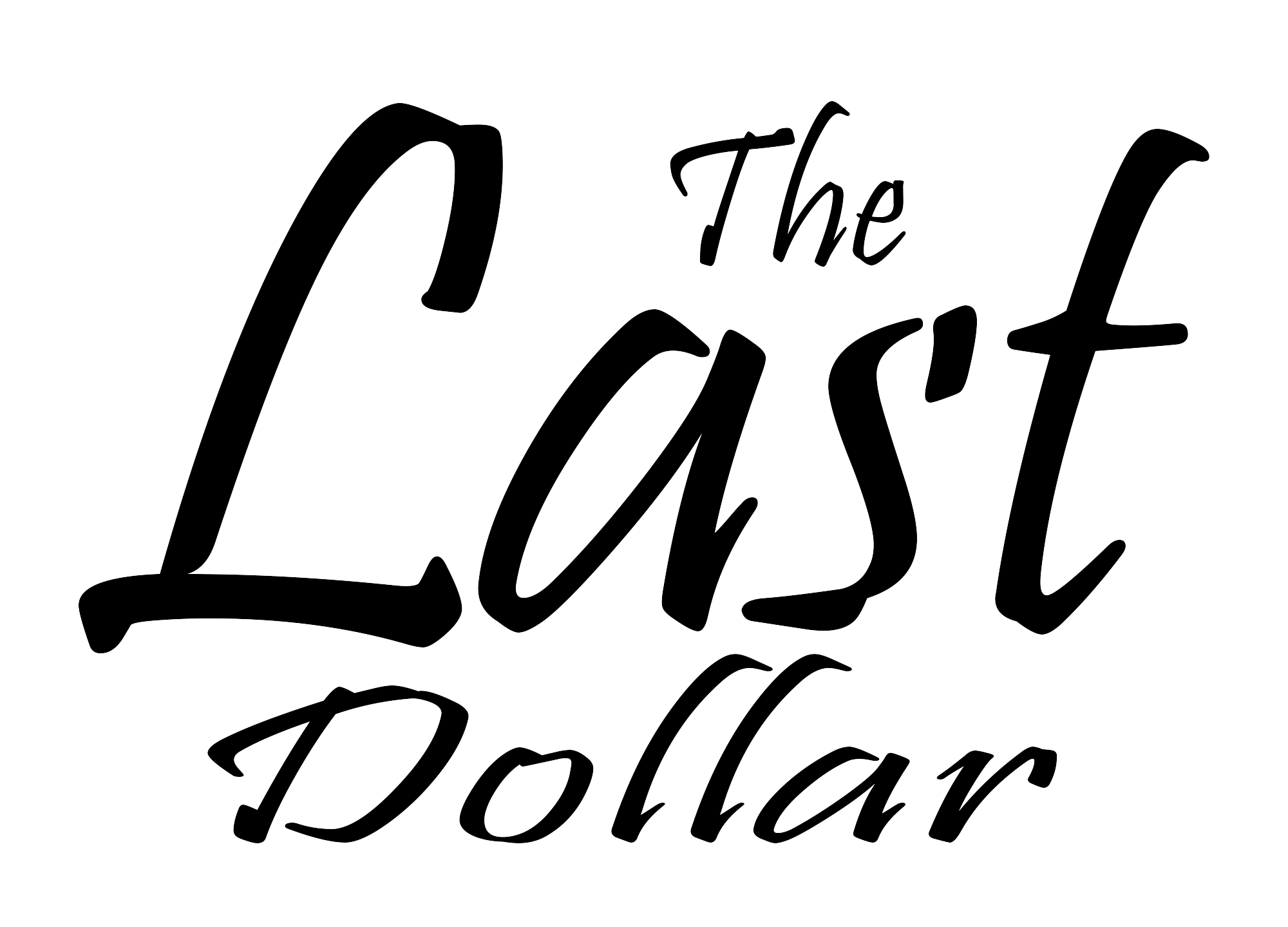As of May 5, 2025, the US Department of Education has resumed collections on defaulted federal student loans, marking a significant policy shift under the Trump administration. Moreover, this change affects millions of borrowers and introduces stricter repayment measures. Here’s what you need to know.
Key Changes to Student Loan Policies
Let’s see:
1. Resumption of Loan Collections
After a five-year hiatus due to the COVID-19 pandemic, the Department of Education has restarted collections on defaulted federal student loans. So, approximately 5.3 million borrowers are currently in default, and this number is expected to grow as an additional 4 million borrowers approach default status. The department has begun notifying affected borrowers via email, urging them to make payments or enroll in repayment plans to avoid wage garnishments, tax refund offsets, and other penalties.
2. Suspension of Income-Driven Repayment Plans
The Trump administration has halted enrollment in several income-driven repayment (IDR) plans, including the Saving on a Valuable Education (SAVE) plan, which was previously designed to reduce monthly payments and accelerate loan forgiveness. This suspension affects new applicants, leaving many borrowers without access to affordable repayment options.
3. Restoration of Public Service Loan Forgiveness (PSLF)
Moreover, in March 2025, President Trump signed an executive order to restore the Public Service Loan Forgiveness program. However, the eligibility criteria have been revised to exclude organizations that engage in activities deemed “anti-American,” potentially limiting access for some borrowers.
4. Potential Transfer of Student Loan Oversight
The administration has proposed transferring the federal student loan portfolio from the Department of Education to the Small Business Administration. This move aims to streamline operations but has raised concerns about the continuity and accessibility of loan services.
What This Means for Borrowers
- Immediate Action Required: If you’re in default or at risk, it’s crucial to contact your loan servicer to explore repayment options or rehabilitation programs to avoid severe financial consequences.
- Limited Forgiveness Opportunities: With the suspension of IDR plans and stricter PSLF eligibility, opportunities for loan forgiveness have become more limited.
- Uncertain Future: The proposed transfer of loan oversight and potential dismantling of the Department of Education introduce uncertainty regarding the stability and accessibility of student loan services.
Steps You Can Take Now
- Review Your Loan Status: Check your loan account details on StudentAid.gov to understand your current standing.
- Explore Repayment Options: Also, investigate available repayment plans that suit your financial situation.
- Contact Your Loan Servicer: Reach out to your loan servicer to discuss your options and avoid default.
- Stay Informed: Keep up to date with policy changes that may affect your loan terms and eligibility for forgiveness programs.
Conclusion: Trump Plan to Tackle Student Loan Debt
The Trump administration’s changes to student loan policies represent a significant shift in federal education finance. While these measures aim to address concerns about loan forgiveness and repayment, they also introduce challenges for borrowers seeking affordable repayment options and long-term debt relief.
Discover our expert blogs for insightful tips on managing your finances effectively! Also, don’t forget to follow us on X.












